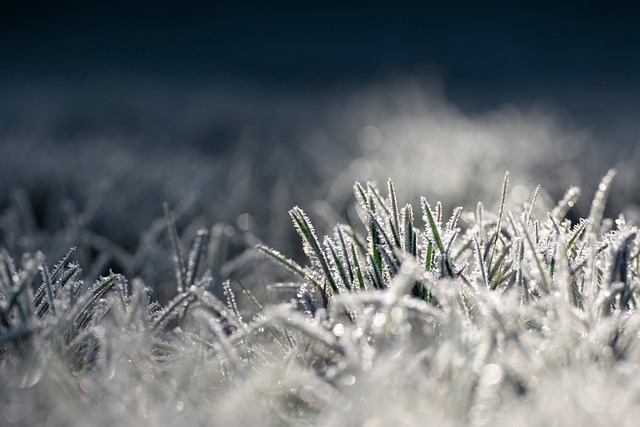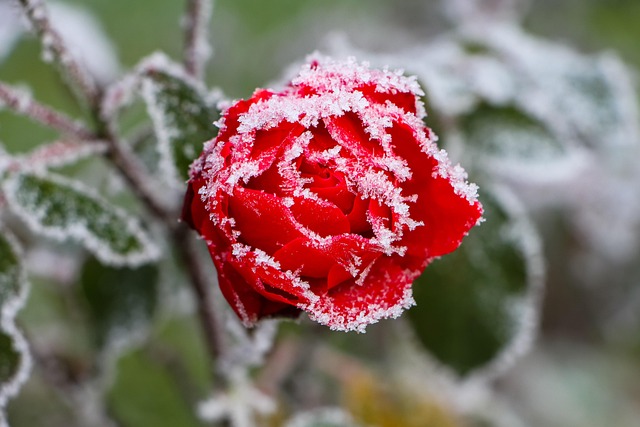Cold weather plumbing is vulnerable to freezing temperatures, heavy rainfall, and temperature fluctuations, leading to bursts, leaks, and accelerated pipe corrosion. Seasonal maintenance, including inspecting insulation, sealing gaps, using weatherproof materials, and ensuring ventilation, is crucial to protect against these issues. By proactively addressing these factors, homeowners can prevent damage from cold weather plumbing challenges, emphasizing the importance of seasonal care for long-term system integrity.
As winter’s chill sets in, understanding the impact of cold weather on plumbing pipes becomes crucial. The combination of heavy rainfall and temperature fluctuations presents a double whammy, exacerbating moisture issues and potentially leading to pipe corrosion. This article explores how these factors affect your pipes, offering insights into the effects of humidity and extreme temperatures. Learn practical seasonal maintenance strategies to combat corrosion, ensuring your plumbing system remains reliable through the cold season.
- Understanding the Winter Cold's Impact on Plumbing Pipes
- Heavy Rainfall and Temperature Fluctuations: A Double Whammy
- Seasonal Maintenance Strategies to Combat Pipe Corrosion and Moisture Effects
Understanding the Winter Cold's Impact on Plumbing Pipes

The harsh winter conditions can significantly affect plumbing pipes and insulation, especially in regions with cold weather and heavy rainfall. When temperatures drop, water within pipes can freeze, leading to expansion and potential pipe bursts. This sudden change in pressure can cause damage to both metal and plastic pipes, highlighting the importance of proper insulation. Insufficient or damaged insulation is particularly vulnerable during seasonal temperature fluctuations, as it fails to protect against freezing and subsequent thawing cycles.
Additionally, increased humidity levels during winter contribute to moisture buildup inside pipes, fostering pipe corrosion over time. This is especially true for older plumbing systems with inadequate ventilation. Regular seasonal maintenance, including inspecting and enhancing pipe insulation, can mitigate these effects. Homeowners and property managers should consider the impact of cold weather on their plumbing and take proactive steps to ensure pipes remain protected throughout the winter months.
Heavy Rainfall and Temperature Fluctuations: A Double Whammy

The harsh winter conditions pose a unique challenge for pipe insulation, especially when combined with heavy rainfall and temperature fluctuations. These extreme weather events can significantly impact plumbing systems, leading to potential leaks or even burst pipes. When water is exposed to cold temperatures, it expands, creating pressure that can weaken the integrity of insulation. This is further exacerbated by heavy rainfall, which introduces excessive moisture into the system, accelerating corrosion and decay.
Seasonal maintenance is crucial to mitigating these issues. Regular inspection and sealing of any gaps or cracks in insulation can prevent humidity from seeping in, reducing the risk of pipe corrosion. Additionally, using high-quality, weatherproof insulation materials designed for cold-weather plumbing can provide a robust defense against freezing temperatures and fluctuating humidity levels. By taking proactive steps, homeowners and property managers can ensure their plumbing systems remain intact during the winter months.
Seasonal Maintenance Strategies to Combat Pipe Corrosion and Moisture Effects

In regions with extreme cold and heavy rainfall, protecting pipes from ?cold weather plumbing issues is crucial. Seasonal maintenance plays a pivotal role in combating pipe corrosion and moisture-related damage. During winter, temperature fluctuations can cause water inside pipes to freeze, expanding and applying pressure that may lead to burst pipes. Additionally, the cold air accelerates corrosion in metal pipes, especially when combined with high humidity levels often experienced during this season.
Regular seasonal maintenance involves several steps. First, insulating exposed pipes effectively helps maintain constant temperatures, preventing freezing. Second, checking for leaks and sealing any gaps or cracks can stop moisture intrusion. Third, applying protective coatings to metal pipes enhances resistance to corrosion. Lastly, maintaining adequate ventilation in plumbing systems reduces humidity levels, mitigating the risk of water damage caused by excess moisture. By implementing these strategies, homeowners and building managers can safeguard their plumbing systems from winter’s harsh effects.
